Watching the total solar eclipse? Here's how to do it safely

Ohioans will want to watch the once-in-a-lifetime solar eclipse April 8 — just don't look directly at it.
At least, not without protection.
"It's not worth losing your vision over," said Robin Gill, astronomy education specialist at The Wilderness Center in Sugar Creek Township. "Safety is the No. 1 rule when viewing eclipses."
It is never safe to look directly at the sun, including at any time during a partial solar eclipse, which will begin around 2 p.m. and end around 4:30 p.m. in Northeast Ohio. Looking directly at the sun without protection can cause permanent retina damage and blindness.
It is safe to look at the eclipse without protection only during the few seconds to few minutes of totality, when the moon completely blocks the sun. Totality will reach Northeast Ohio around 3:15 p.m.
The partial solar eclipse can be viewed safely through a solar filter or by viewing a projection.
What solar filter should I buy to view the eclipse?
Viewers of the eclipse should use only solar filters and viewers that are compliant with ISO guidelines. The ISO is a non-governmental organization that creates international standards for various products. The standard for solar filters is ISO 12312-2.
The American Astronomical Society verifies that brands have had their filters properly tested by a lab to meet ISO guidelines. Verified products are listed on its website.
Most solar eclipse glasses and filters are inexpensive and readily available, Gill said.
"Most places are selling these things for two or three bucks, some libraries are giving them away for free," she said. "But be careful because if they don't have the proper ISO certification on them, don't even look at them, put them back."

Can I take a photo of the eclipse?
If it is your first time watching a total solar eclipse, many recommend putting down the camera and experiencing it in real time. But if you do want to capture the moment, you will need a solar filter attached to the front end of the camera lens.
Lifelong astronomer and photographer of the 2017 total solar eclipse Phil Creed said it is best to stick to the basics.
"If you've never seen a total solar eclipse, keep your photography very simple," said Creed, 50, of Jackson Township. "The sheer overwhelming nature of this event makes it really tough to concentrate on camera settings and stuff like that."
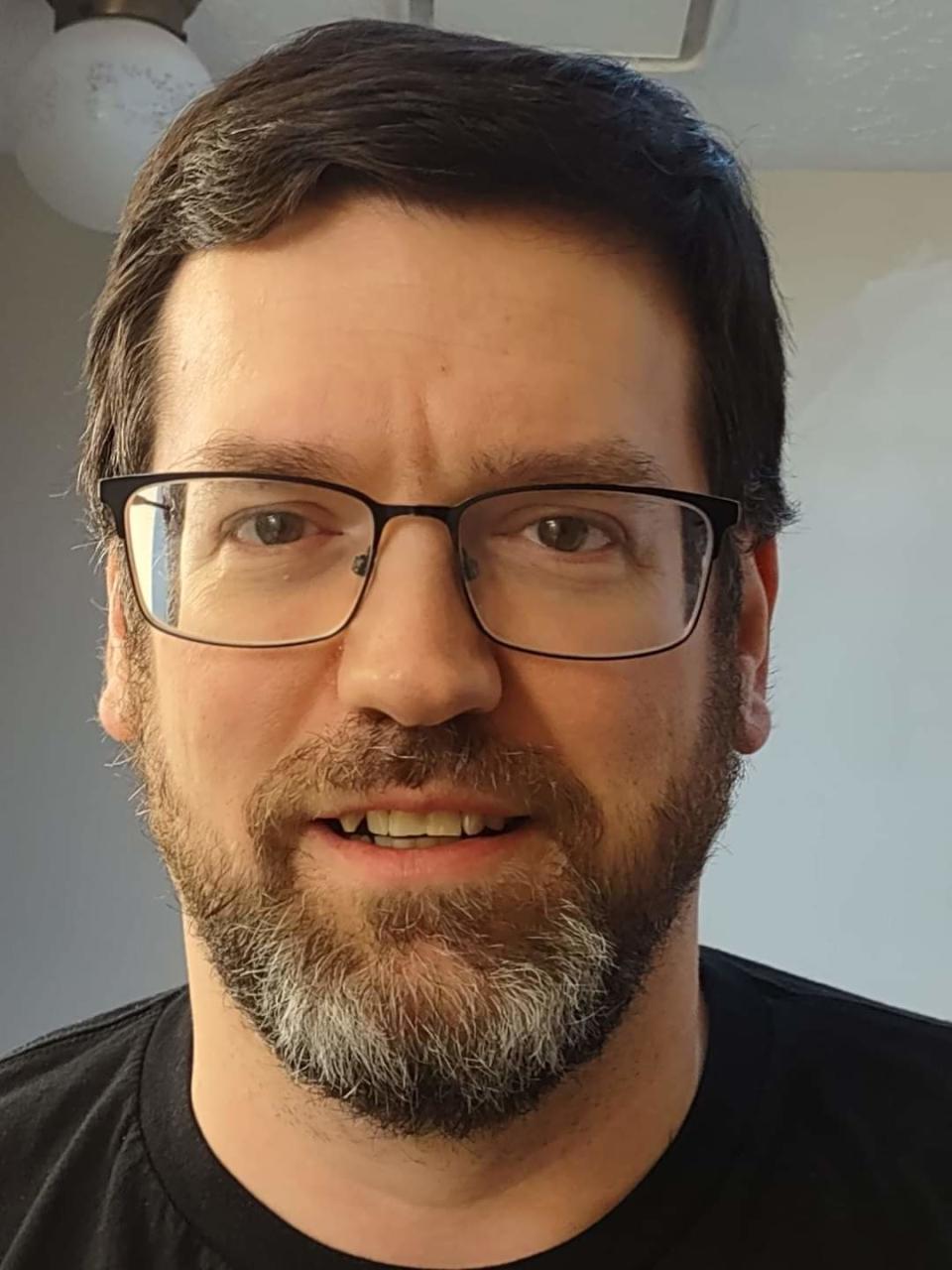
When Creed photographed the 2017 total solar eclipse from Cross Plains, Tennessee, he used a Canon camera hooked up to a telescope and shot a video using automatic camera settings. He used a solar filter on the lens during partial eclipse and removed it during totality.
He said he was pleased with the results even with a simple setup, but warned not to fuss about taking a picture on the day of the eclipse.
"If you're trying to get your camera settings and nothing's coming out right, just be at peace with that and enjoy it," he said. "You can look at an eclipse photograph at any moment of your choosing, but to actually see it is confined to such a limited, precious few moments."
Do not take a photo of the sun or partial solar eclipse without a solar filter on the lens, even if you are wearing eclipse glasses or using a handheld solar filter in front of your eyes. The lens of the camera will focus the sun into your eyes and could cause damage even through the filter.
It could also damage the camera's sensor and lens. The same applies for binoculars or telescopes. These devices must have a solar filter attached to the front, sun side, for safe viewing.
A sheet of solar filter film that can be attached to a camera lens costs under $10. It is essentially the same as the eclipse glasses or a handheld filter for your eyes, which could also be used. Just ensure to cover the entire camera lens.
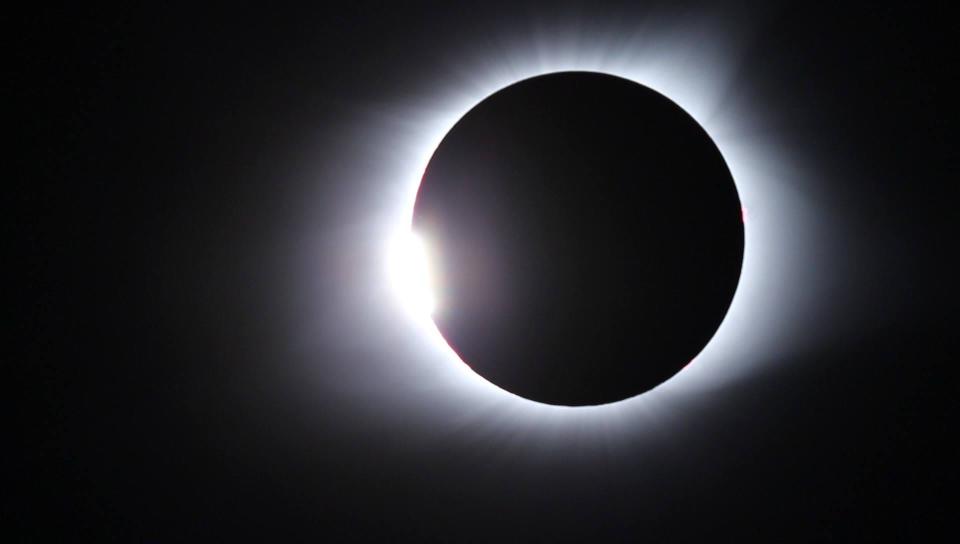
Can I use a cellphone camera to take a photo of the eclipse?
A cellphone camera can be used to photograph the solar eclipse, but you will need a solar filter attached to the camera lens during partial eclipse.
Cellphone cameras will work, but will be less effective to capture the eclipse, Creed said.
"Cellphone cameras are not going to give you the best view because you can't zoom in that much," he said.
He recommended a camera and a lens with more zoom power for the best results.
"You want to have a dedicated camera," he said. "It doesn't have to be a brand spanking new one, but you probably would want a camera, a telephoto lens, and for the partial phases, you would want a solar filter to cover the lens."
Creed purchased his solar filter from Agena Astro, a seller verified by the American Astronomical Society.
Viewing a pinhole projection
An inexpensive and safe alternative to viewing the partial solar eclipse through a solar filter is to view a projection with the sun at your back.
Gill said a pinhole viewer can be made at home with paper or cardboard.
"You put one piece of white paper on the ground, and then above you, hold another piece of paper or cardboard that has a pinhole, and the sun shines through the pinhole and is projected onto the white card on the ground," she said.
This effect can also be replicated by using the holes in a colander or slotted spoon to project the sun onto the ground or a wall.
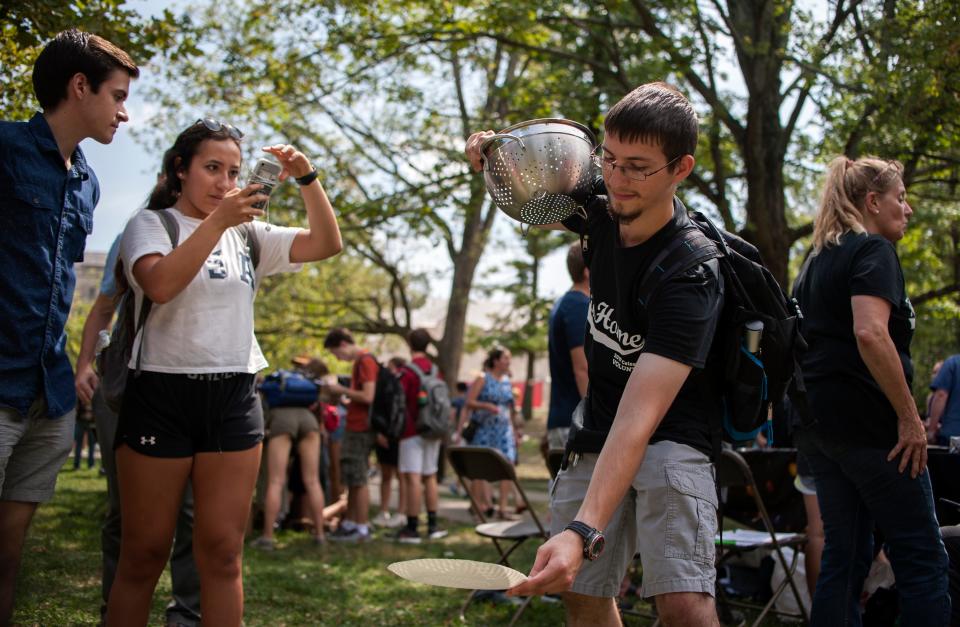
The last total solar eclipse visible in Ohio was in 1806.
A total solar eclipse occurs when the new moon passes between the Earth and the sun, darkening the sky and revealing the sun's outermost atmosphere, called the corona. The April total solar eclipse will stretch across North America and be visible in 14 states.
Gill, who has never seen a total solar eclipse, said she looks forward to watching it for the first time.
"I don't know if I'm going to see another total eclipse, so I have to see this one," she said.
Creed said the experience of viewing the total solar eclipse is worth traveling for, so if you live in an area outside totality, such as Canton, make plans to drive to the path if you can.
"After you see one of these things, trust me, when you see totality, the burning question on your mind is 'When's the next one?'" he said.
Reach Grace at 330-580-8364 or gspringer@gannett.com. Follow her on X @GraceSpringer16.
This article originally appeared on The Repository: April 8 solar eclipse: How to view and photograph safely

